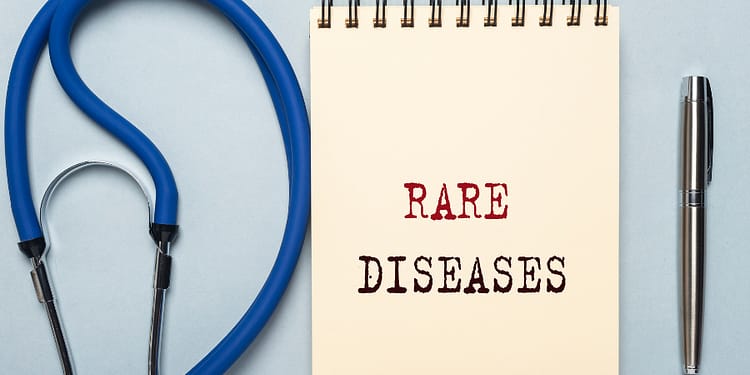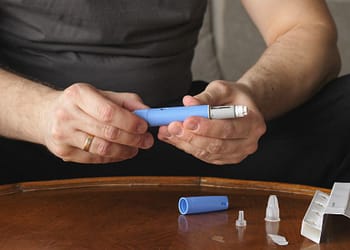- Cough, Mucus, and Respiratory Health: A Complete Guide - August 18, 2025
- Flogoprofen: what it's used for and how to take it - June 21, 2025
- What is Movicol oral solution in sachet used for and how to take it? - June 18, 2025
The time to access innovative treatments for rare diseases has been reduced by 30% in Andalusia over the last three years. This progress positions the community as a benchmark in the diagnosis and treatment of rare diseases.
Improvements in care and diagnosis
In Andalusia, more than 64,000 people suffer from rare diseases. To improve their care, the Department of Health and Consumer Affairs has implemented various measures. One of the most notable is the update of the portfolio of genetic assistance services, which has reduced the waiting time for genetic tests by 30%.
In addition, the community has incorporated new early diagnosis tests, such as next-generation sequencing (NGS) in public hospitals. In addition, 15 reference units have been created in Andalusian hospitals for rare diseases, providing personalized and multidisciplinary care.
Investment in medical treatments and devices
Andalusia has allocated 8 million euros annually to prostheses and orthoses for patients with rare diseases. In addition, more than 20 new drugs have been funded since 2022, improving access to innovative treatments.
The new Andalusian Plan for Rare Diseases (PAPER), currently under review, will update public policies on research, technology and comprehensive care. The plan is expected to improve equity in access to treatments and strengthen coordination between levels of care.
Advances in research and international collaboration
In the last three years, Andalusia has invested more than 20 million euros in research into rare diseases. Research centres such as IBIMA and CABIMER have led important projects. In addition, Andalusian researchers have published more than 300 scientific articles and have participated in leading European networks.
Currently, 116 active research projects in Andalusia have raised more than 15 million euros. These projects include clinical studies on diseases such as multiple myeloma, acute myeloid leukaemia and haemophilia A.






